Customer Engagement in the Digital Age: Top 3 Trends
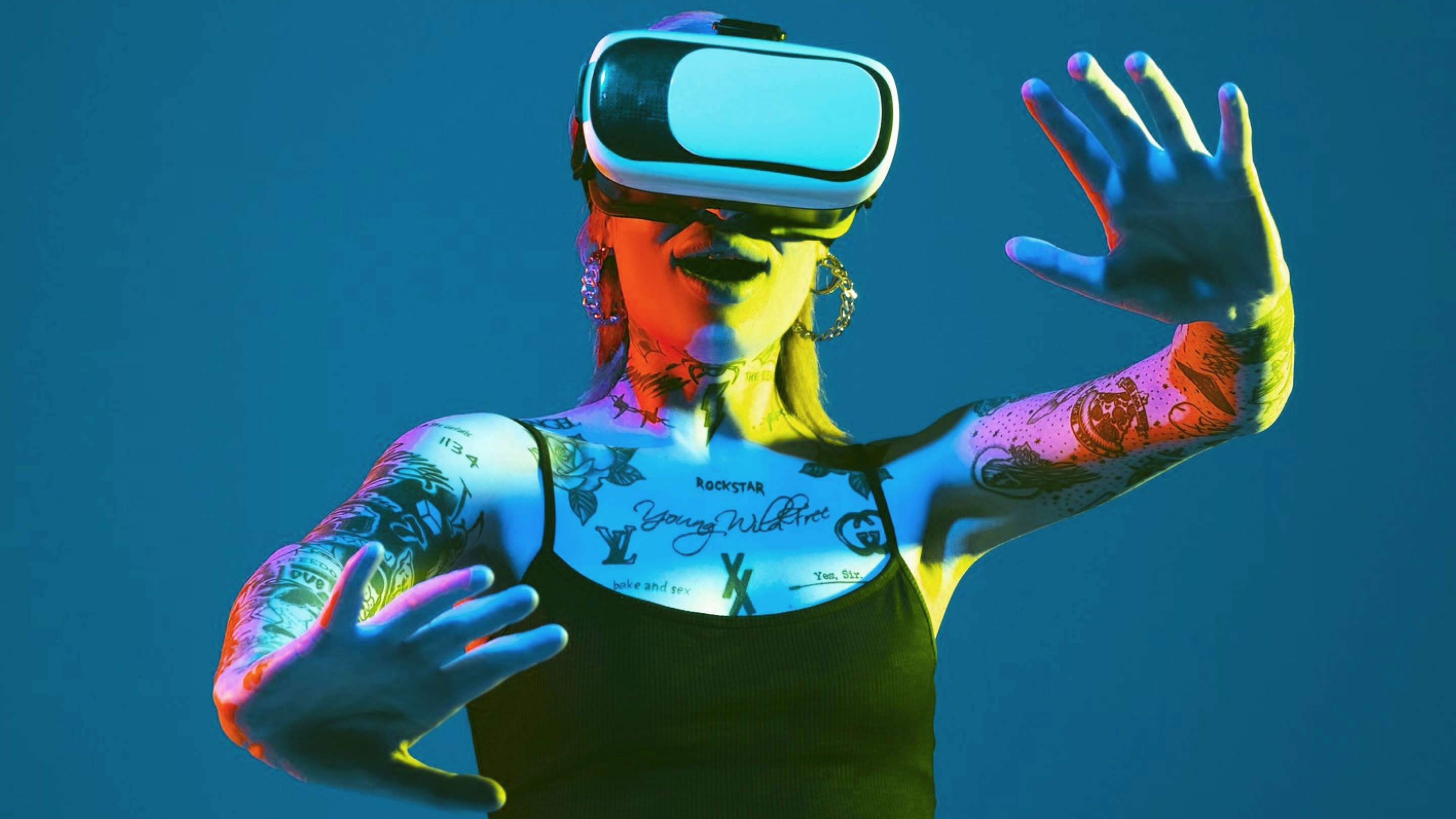
The internet is packed with all sorts of content: ads, videos, articles, and social media posts from countless, far-off sources (mostly brands). There's so much of it out there that consumers are now more susceptible than ever to information overload, putting a strain on their decision-making, at least according to new research. And with attention spans getting shorter by the day, it’s only becoming harder for brands to keep customers interested and engaged.
67% of consumers say their standards for good experiences are higher than ever.
Frankly, old-school digital marketing gimmicks don’t quite hit the mark these days, as 67% of today's consumers expect more from brands in terms of digital customer experience. They demand to be wowed. They want more than the run-of-the-mill campaigns and digital experiences they’ve grown used to. The good news is that digital technology keeps on getting better at offering brands new and creative ways to grab and hold attention. So what are companies doing these days to keep people on their toes when it comes to digital customer experience? Let's find out!
#1 Virtual 3D Spaces
Oh, the metaverse, a place where all virtual worlds intertwine like the Marvel Cinematic Universe. Since it became a buzzword in October 2021 (thanks to Facebook when it renamed its parent company “Meta"), brands have been absolutely fascinated with the concept innovators dubbed the future of the internet.
The buzz around the metaverse was enough to get companies like Google, Microsoft, Amazon, and Disney to throw their hats into the ring early in the game, investing billions of dollars. The metaverse fever eventually sparked the rise of virtual 3D spaces in the marketing landscape, cutting across industries like gaming, music, and retail.
Virtual 3D spaces are where physical and digital worlds meet. They go beyond the usual virtual reality (VR) and augmented reality (AR) activities we know of, such as playing virtual video games or doing virtual exercises. Virtual 3D spaces are immersive, out-of-this-world environments that let consumers engage in real-life activities like shopping, watching sports, socializing, and attending events, all within digital realms—making these digital experiences feel like real life but better.
One classic example of virtual 3D spaces becoming popular right now is in-game virtual concerts. Sure, in-person concerts are fun. But in-game virtual concerts are becoming quite the trend too!
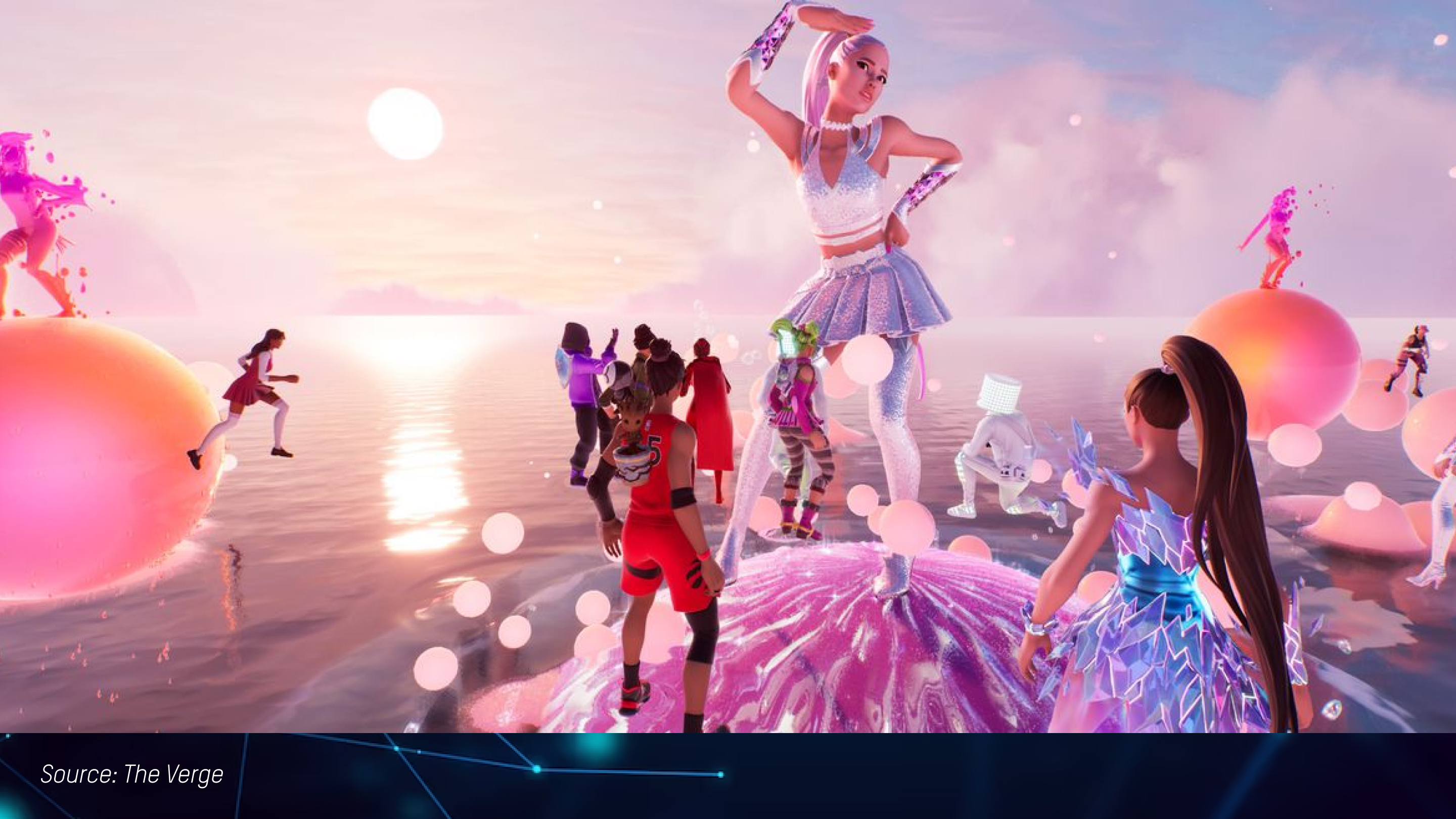
Gaming companies like Fortnite, Minecraft, and Roblox host virtual in-game concerts that let consumers listen to their favorite artists (well, technically their 3D avatars) sing live and play immersive mini-games in between. Big names like Ariana Grande, Travis Scott, and Lil Nas X have rocked these highly stimulating virtual gigs, which have been attracting music geeks and gamers alike. Even though they're entirely virtual, 61% of millennials are totally up for unique digital experiences like this. Virtual 3D spaces are a hit to this generation who usually equate great customer experience with convenience.
But virtual 3D spaces aren’t just for gaming and music. They’re also becoming a big thing in retail. Brands like Gucci, Dior, Nike, and Samsung are bringing the real-world retail customer experience beyond digital channels and into virtual 3D spaces, making their customer journeys even more exciting.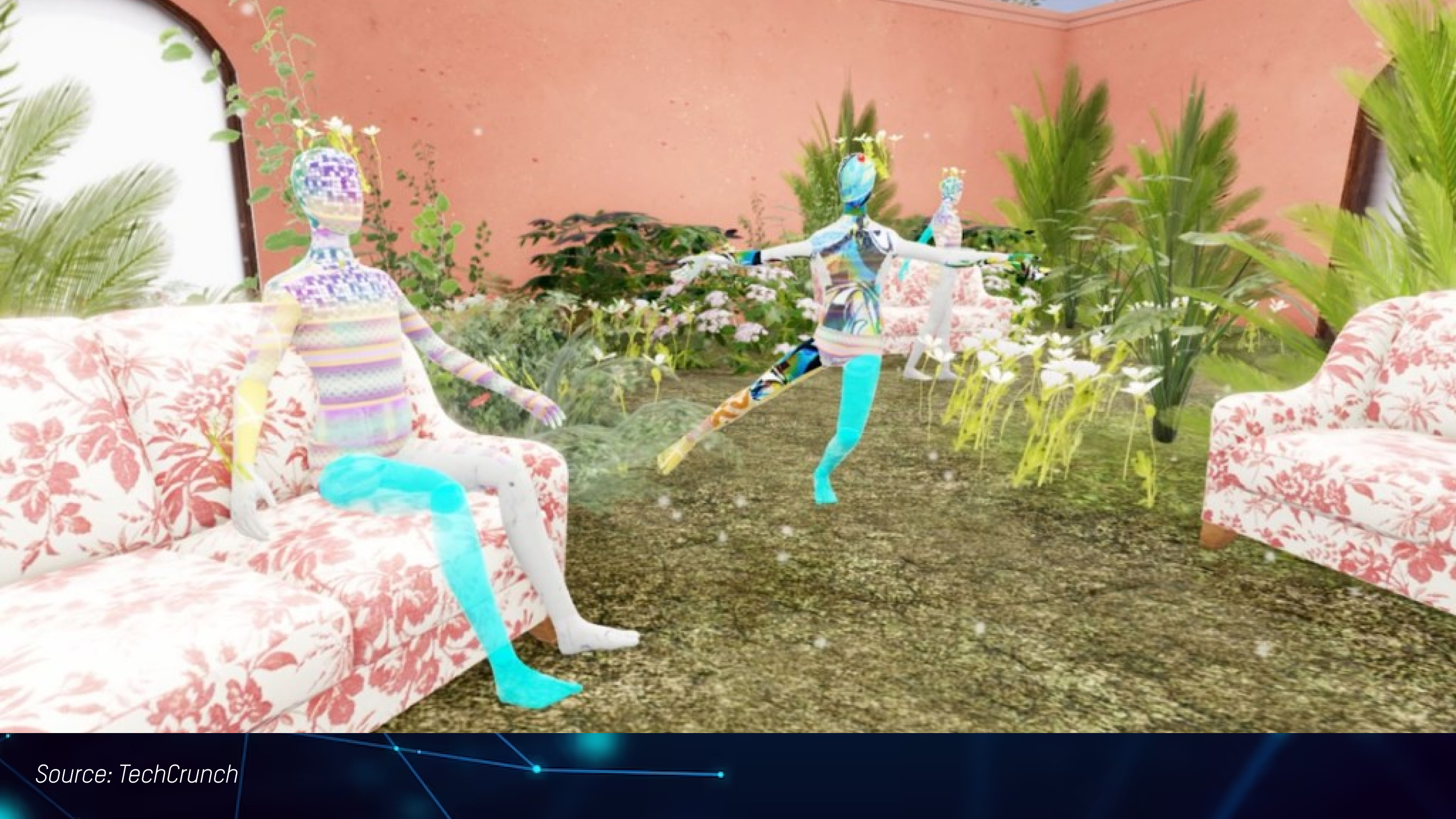
Gucci, for instance, launched the Gucci Garden on the gaming platform Roblox in 2021. The Gucci Garden is a virtual 3D space with multiple themed rooms showcasing their iconic ad campaigns over the years, making the entire experience nothing short of mind-boggling. Consumers, interacting as avatars, can wander through the themed rooms, try on virtual Gucci items, and even purchase them.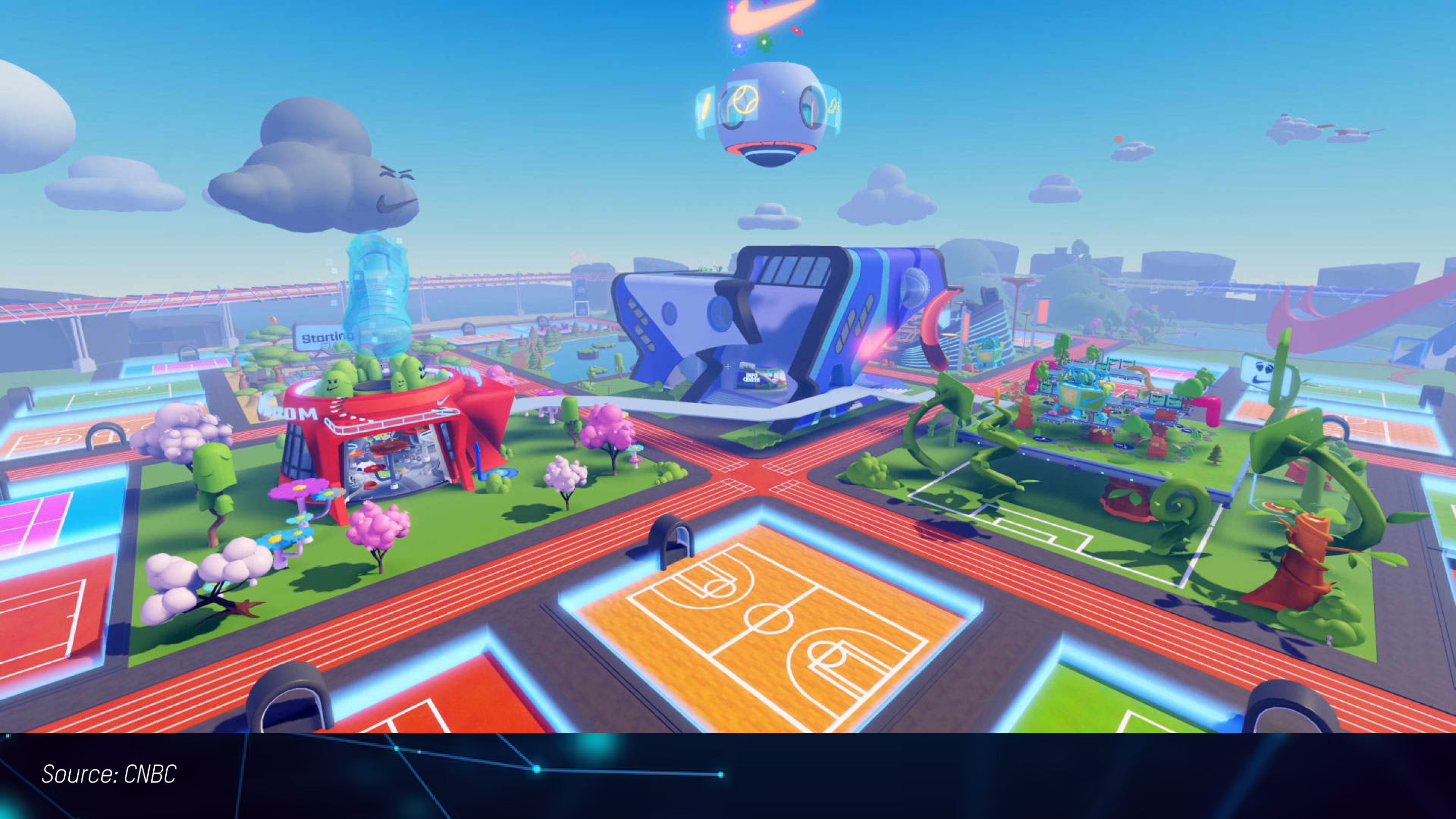
#2 Product Personalization
There is no better tool for boosting customer engagement (and customer satisfaction) than product personalization, a.k.a. product customization. Consumers aren’t just concerned about the end products these days; they want to be involved in the process of making them.
According to Harvard Business Review, a sense of ownership is a strong driver of customer engagement and loyalty. When people are part of the creation process, they feel more connected to the product as they see it as an extension of who they are. Aside from the sentimental value, product personalization makes them feel like co-creators, not just buyers. This remarkably improves customer relationships.
The same report reveals that consumers aren’t only more likely to buy again, but they don't mind shelling out a bit extra for customizable items. Forty-eight percent even said they’re willing to wait for custom-made products. The experience of designing a product and fine-tuning its features to their needs makes product personalization not just an engaging activity but a practical one as well.
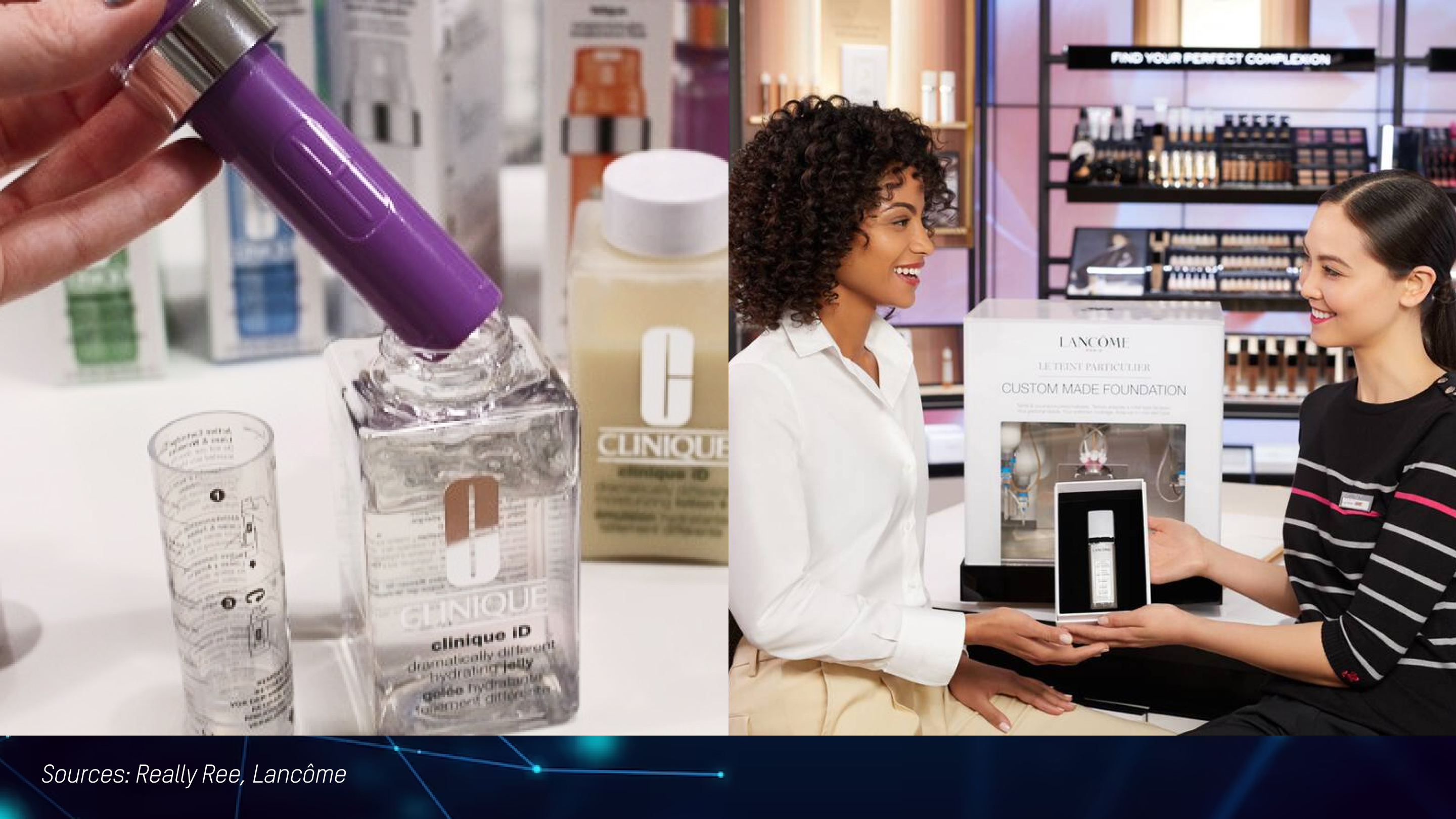
Clinique is at the forefront of this trend with its Clinique iD, a customizable hydration system based around the signature Dramatically Different Moisturizer lotions. With its customizable product line, the skincare brand encourages consumers to select from their hydrating bases and combine them with different active concentrate cartridges, which target different skin concerns. Certainly, beauty isn’t a one-size-fits-all bandaid to skin concerns and Clinique knows that.
Or think about Lancôme. They get that finding your perfect makeup shade can be a struggle. So, they let their customers build their own Le Teint Particulier foundation according to the shade, coverage, finish, and hydration levels they desire (with their names and complexion ID printed right on the bottles, too).
Adidas is another good example. The active brand joined forces with 3D printing startup Carbon to produce a customizable shoe model called Futurecraft 4D. Futurecraft 4D puts technology and craftsmanship at the center of its product, allowing consumers to create midsoles specifically tailored to their athletic needs. Adidas promised to improve its product line to accommodate broader consumer needs to boost customer satisfaction.
Indeed, consumers are likely to engage with brands that strive to meet their needs, even if it means getting them to join in the development of the product. The joy of building something and tailoring it to one’s needs is unmatched, which is a refreshing change from the mundane act of just grabbing products off the shelf, right?
#3 Digital Communities
Nowadays, consumers don't want their customer experience with brands to be all about business; they want connections to be meaningful and personal, as revealed in a Sprout Social report.
With a plethora of digital channels around, brands finally have the chance to engage with consumers in ways that weren’t possible in the past. Enter digital communities, a digital place where consumers can join interest-based groups under the brands they support. They can easily get tips from other members, share their thoughts, and find out more about the brand itself.
Digital communities don’t just increase customer engagement for brands, but they also give their customer retention rates a big boost. CMX Hub reports that 85% of businesses say digital communities help them foster greater customer loyalty with the added support and transparency they provide.
Additionally, digital communities help enhance customer satisfaction by providing a feedback loop. They directly draw customer feedback and make improvements to their products or services based on these valuable customer insights, which can drive 77% of consumers closer to brands, as reported by Microsoft.
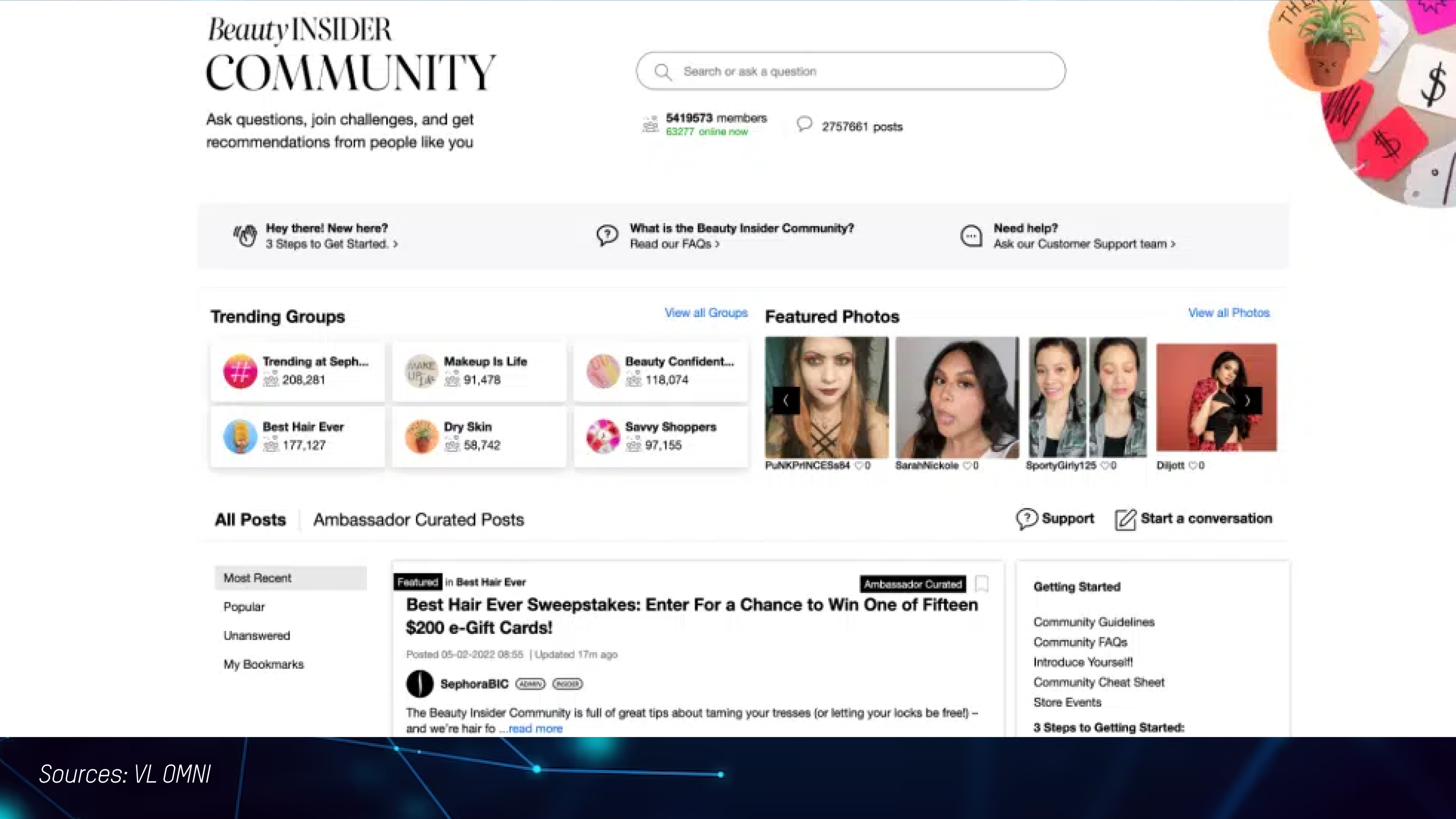
Let's look at some examples: Sephora's Beauty Insider Community is like an online hangout place for beauty lovers, with over 5 million members. This digital community isn’t just about reviewing products; consumers can join specific interest groups like the Age Defiers, Complexion Club, or Fragrance Fans, and learn and discuss more about these topics. To make the digital experience more rewarding, Sephora even hands out community badges to the most active members to boost digital interaction and customer engagement.
Then there's Lululemon, which takes a different approach by leveraging its brand ambassadors. A great reason why they’ve become a popular activewear brand is that their brand ambassadors, composed of Global Ambassadors and Store Ambassadors, represent the brand and engage with customers in a more relatable way (beyond social media, of course). Customers also get the special opportunity to join product tests and development, depending on the program they’re signed up for, which adds to the overall digital experience.
Connecting with consumers in our digitally saturated world might be challenging, but luckily, there are numerous ways to reach them—the secret lies in being ahead of the digital transformation.